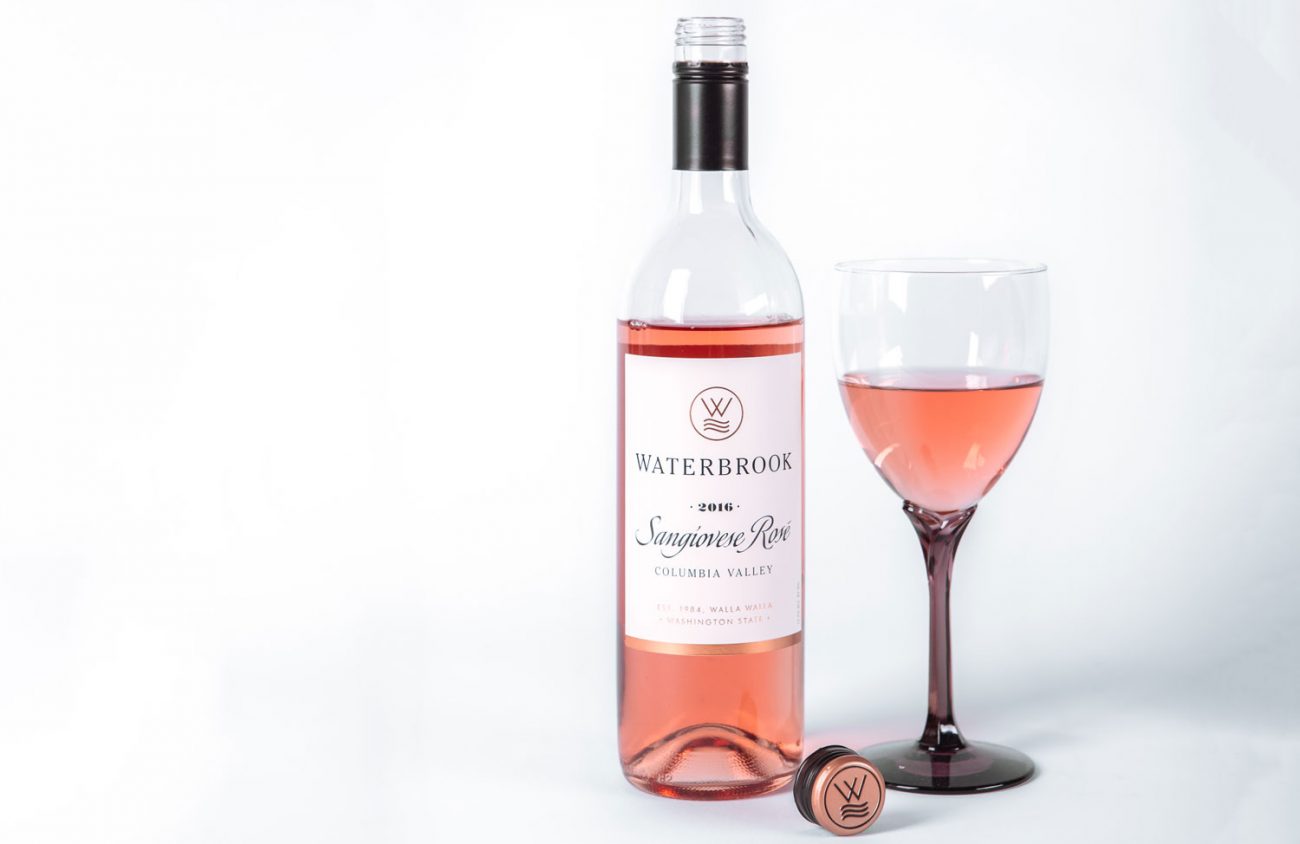Wine has been around for 7,500 to 10,000 years — scientists dither — probably starting with the harvest of wild grapes. The juice fermented and, for thousands of years, was stored in open containers where it quickly oxygenated, turning into vinegar. Folks celebrated the new wine and mostly drank it up before it turned.
But sometime in those millennia, someone must have discovered that older wine, before going “bad” acquired interestingly complex flavors. And the search was on for ways to preserve wine and slow the effects of oxygen.
Sometime in the later centuries, along came hand-blown glass bottles; at first, these were closed using oil-soaked rags, but in the mid-1600s, someone tried corks — and they worked quite well, as long as the bottles were stored on their sides so the corks stayed wet and swollen to form a tight seal.
But corks raised problems, and winemakers tried other closures, recently with screw caps.
Not long ago a wine shopper could spy a screw cap on a bottle of wine and confidently assume that the contents were low-quality glug — not the bottle a guest should bring to a dinner party. Consumers of wine had been trained, for centuries, and many still are, to equate quality of wine with cork closures, at least as a beginning.
This is no longer true. These days a large number of wine brands — many of reliably high quality — have switched to screw caps, for a variety of reasons.
The first reason was called “cork taint” or “cork disease.” Whatever it was called, too many bottles were being returned as undrinkable, tasting nasty, like wet newspapers — and natural corks got the blame, perhaps wrongly, it might still turn out.
In any case, researchers looked frantically for the culprit and found 2,4,6-trichloroanisole, quickly abbreviated in the wine trade to TCA. Apparently, TCA was affecting as many as 7 to 8 percent of bottles, an intolerable failure rate, especially considering that 20 billion bottles were going to market with cork closures.
Producers tried various strategies — synthetic corks, plastic corks, aggregate corks, even glass stoppers. Each raised problems. Some producers turned to screw caps.
Screw tops, technically called Stelvin closures, had been used successfully on many liquids, from sodas to spirits. They had certain appealing virtues, being easy to open, cheaper than corks and seemingly able to solve the problem of TCA.
Australian wineries (notably Yalumba, a big-time producer) are credited with leading the change. New Zealand, too, started putting screw caps on their superb sauvignon blancs. In the U.S., Randall Grahm, owner of the respected and innovative Bonny Doon brand, held a satiric wake for corks.
Corks gotta go, sure; an old technology, now causing too many problems. For one, very few products require consumers to acquire special tools, even some training in the use of some of the tools, just to get the container open. And corks brought TCA.
But wait. Corks got the blame, but sleuthing showed that the real suspect was chlorine. Granted, corks were just pieces of bark, usually 70 percent from the cork forests of Portugal and Spain, and they were given a chlorine bath to kill any fungi or bugs before being used to close wine bottles. But corks were not the only source of chlorine.
Sleuthing continues. Meanwhile, don’t blame the screw cap. And, as always, caveat emptor.
